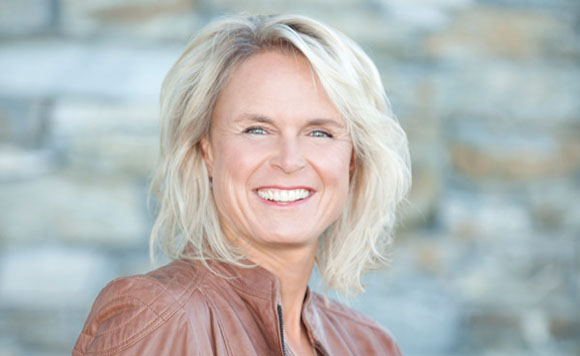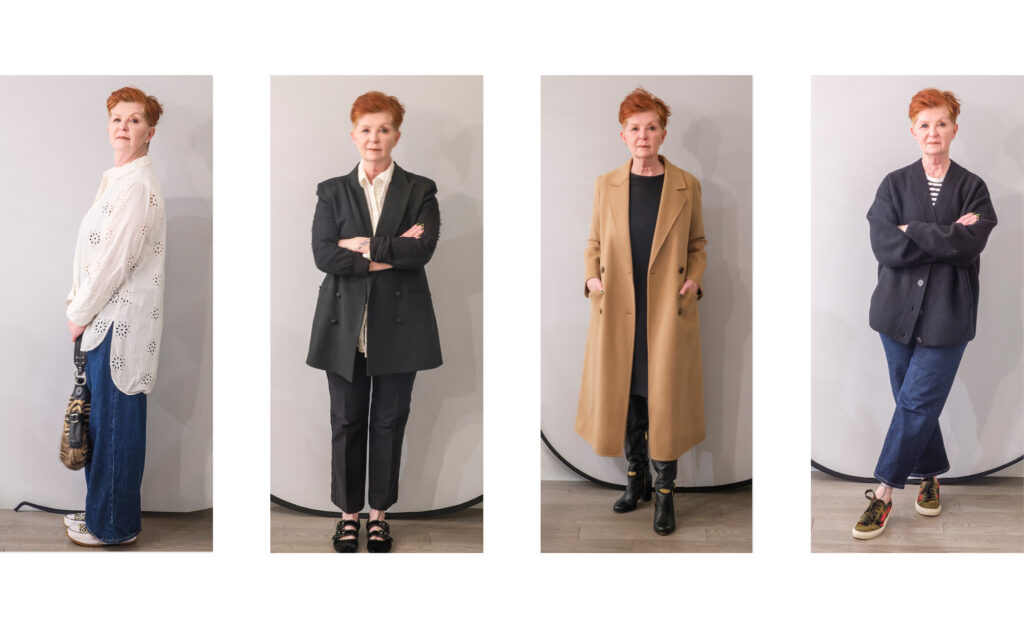I’m a sports enthusiast. I not only love to watch it 24-7, but at 48, I still love to play it too. I don’t profess to know the ins and outs of all sports but I could literally spend all day and night being its very best friend. With my kids trying out for baseball this year, this particular sport has been on my mind. Sadly, just last month, pioneering Toronto Star baseball writer Alison Gordon passed away at the young age of 72. She covered the Blue Jays for the Star from 1979 to 1984 and was Major League Baseball’s first female beat writer. That had to be a tough gig.
After Sports Illustrated reporter Melissa Ludtke was barred from the New York Yankees’ clubhouse during the 1977 World Series she filed a discrimination lawsuit against Major League Baseball. She won the suit and by the end of the 1978 season the league’s clubhouse ban on women was overturned. A few months later Gordon became the first woman admitted to the Baseball Writers Association of America. And that got me thinking as we are celebrating women in business this issue. It is tough running your own business and at times being equally represented as a woman, even as a journalist.
But what about the world of sport, is it much different for women? One of the most notable cases of a woman participating in a male dominated sport was during 1931, when 17 year old Jackie Mitchell became the second woman in history to be signed to a professional baseball team. She had a chance to play in an exhibition game against the New York Yankees and at one point in the game, she was able to strike out Babe Ruth and Lou Gehrig in succession while pitching. She was then pulled from the game without explanation. Back then, many not only saw a woman striking out two of baseball’s greatest players as an embarrassment to the MLB, but also as a display of the great athletic abilities and talents that women athletes possess.
The sporting world of the 21st century looks very different to that of the Victorian period , or even the 1960s. Across the country, women are participating in high numbers in sports, including those traditionally seen as masculine or inappropriate for women. Young girls play rugby, soccer and softball. Yet many women’s competitions are not televised on the major networks, and relatively few men (or women) follow female sports teams or athletes. The best-known women athletes are those who win Olympic medals or world championships, and who therefore contribute to the national image.
I don’t put pressure on my kids to do a sport, but I do encourage the idea of it, as it relates to good health, team work and great fun. There is an obvious correlation between girls’ participation in sport and a greater achievement in higher education – in fact, a majority of leading female executives first found success in athletics. Think of Nancy Green – not only is she a champion alpine skier and voted Canada’s Female Athlete of the 20th Century; she was awarded the Order of Canada and has become an instrumental player in the development of a number of world class ski resorts. By combining the power of sport with the power of women leaders around the world, the impact could increase exponentially.
Now there’s no pressure for my daughter to be the next Mary Barra, the first ever woman CEO to lead a global automaker (General Motors). But what if we were to build a bridge between athletes and top women leaders? We could create a support network that would contribute to individual success, inspire the next generation, and enrich our communities. So, time to get out there and get playing!




